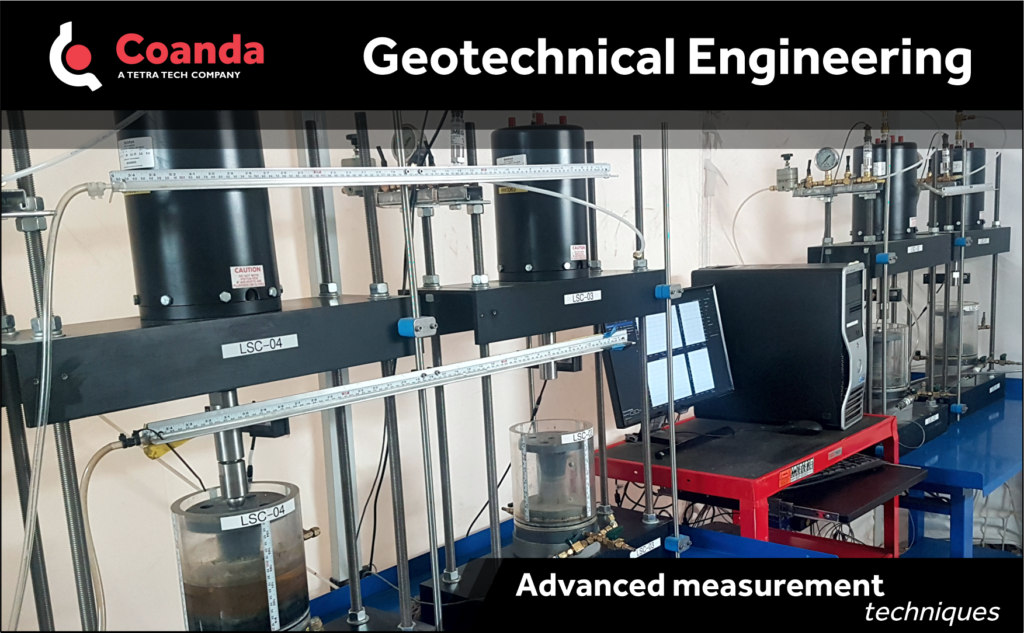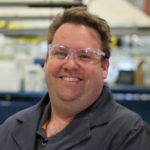Geotechnical Engineering – Advanced Measurement Techniques
Posted on February 15, 2022 Geotechnical
This post was originally published in two parts which have been combined below.
Part 1
Broadly speaking, geotechnical engineering covers the behaviour of rock and soils when manipulated for human benefits. A primary focus is quantifying and predicting the behaviour of soils subjected to sustained or periodic forces.
Solving geotech problems is complex combining civil, chemical, and mechanical engineering. It requires an understanding of soil and fluid mechanics and the behaviour of non-Newtonian, time-dependent materials, among others.
Many of our projects have focused on tailings treatment and its long-term behaviour.
They have involved the application of physical and mathematical modeling, and flowsheet development:
- Evaluation of new treatment processes
- Design and construction of geotech equipment for third parties
- Physical modeling in large scale flumes
- Physical modeling of consolidation in geocolumns
- Long-term consolidation modeling using small-scale geotechnical centrifuges
- Mathematical modeling of long-term consolidation of treated tailings
- Development of index tests to assess short- and longterm geotechnical behaviour of treated tailings
- Characterization of geotech properties of treated tailings: consolidation, shear strength, permeability, compaction and plasticity
Part 2
To support geotechnical projects, Coanda has invested in personnel and infrastructure. Our staff includes geotechnical engineers, fluid dynamicists, mathematicians, non-Newtonian rheologists and process engineers, all with advanced degrees in their respective specialties, working together to solve these complex problems.
Our extensive measurement capabilities offer characterization of soils and pseudo-soils by
- Large strain consolidometry (LSC)
- Seepage induced consolidation (SIC)
- Small scale geotechnical centrifuge
- Density profiling using gamma-ray densitometry
- Surface profiling of flowing flumes using real-time multi-point laser sheet
- Rheometers and shear apparatus (unconfined, vane, and direct shear)
- Impact and dynamic compactors
- Constant and variable head permeameter
- Focussed beam reflectometer (FBRM), capillary suction time (CST), and permeability index for short-term dewatering index
In addition, we also maintain a number of software products and write codes that facilitate the application of the ubiquitous but complex mathematical frameworks, such as Gibson’s finite strain theory, to client problems.



